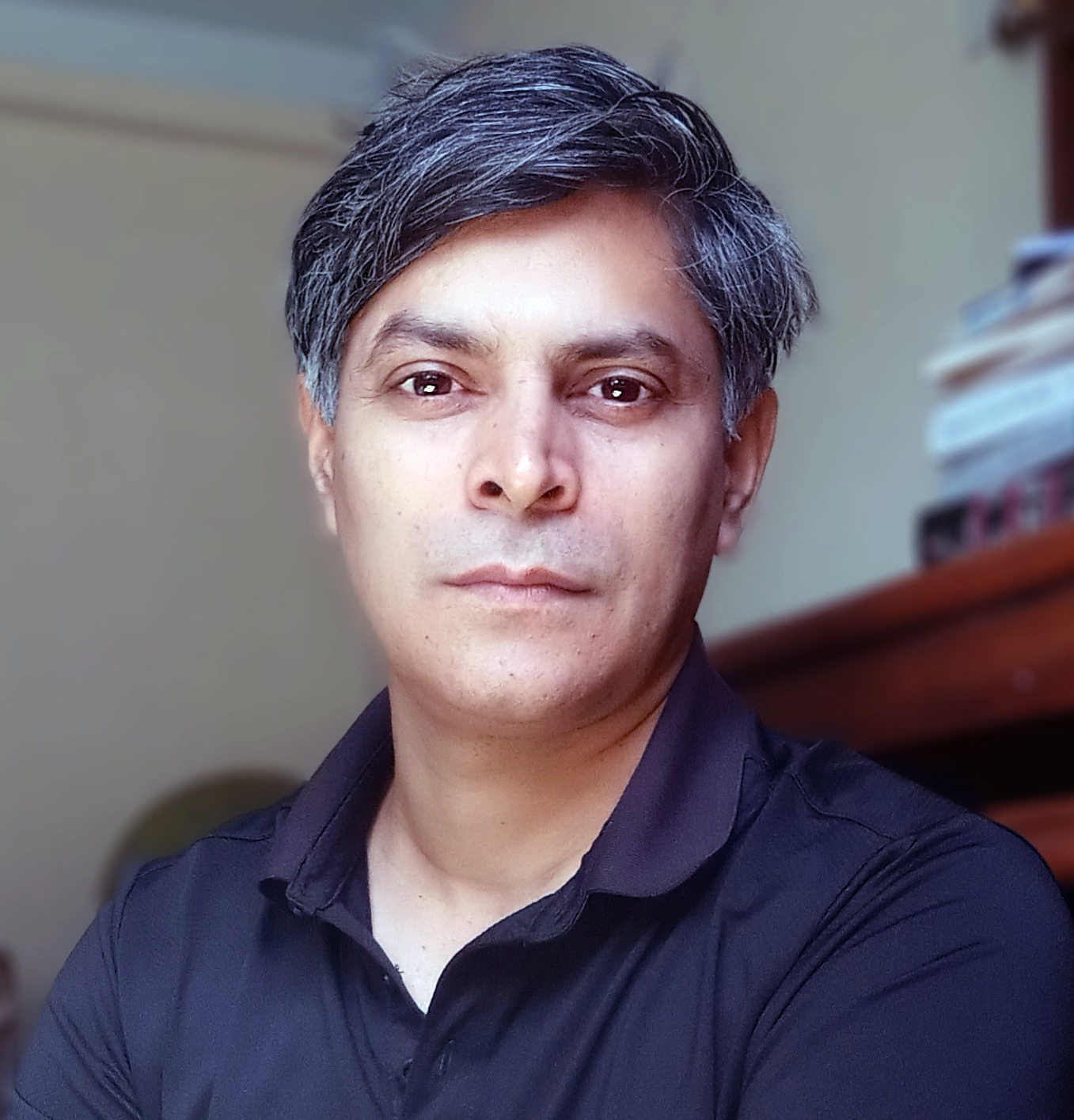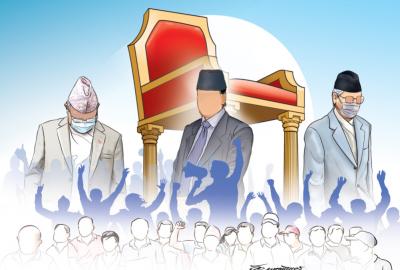Sep 19, 2016-Media that does good journalism is central to the health of any robust democratic society. Under this assumption, separately and jointly, we three and many of our former and current colleagues at Martin Chautari have spent countless hours researching the performance of Nepali media in the past two decades. Last year, while pursuing research on higher education (HE) reforms in Nepal, we researched how some of Nepal’s mainstream print media covered two issues that are relevant to that theme—the Higher Education Policy passed by the Government of Nepal in 2015 and the launch of the new Higher Education Reform Project (2015-2020) being executed with a 65 million dollars loan support from the World Bank.
What we concluded from our research has been reported in a commentary we have published in volume 10 of the Nepali language journal Media Adhyayan some months ago. Suffice it to say that we were disappointed to find that the launch of the new HE Reform Project was reported in a lazy manner, exhibiting all the telltale signs of ‘press-release’ and ‘he-said/she-said’ journalism. On the coverage of the HE Policy, we found out that our journalists were mostly ‘event-driven’ and failed to ask relevant critical questions regarding the contents of the proposed policy when it was being formed over a three-year period.
Right environment and incentives
Why is the state of our journalism so when it comes to its coverage of HE? Our obvious conclusion is that for Nepali media, HE is a non-glamorous issue. Hence individual journalists and media houses do not prioritise building journalistic strength on this theme. But we think there is more to this lack of ability. In our educated guess, the following two issues deserve to be subjects of conversations in Nepali newsrooms.
First, the two themes we researched—the HE Policy and the new HE Reform Project—are complex bundles of ideas, issues and programmes to be implemented by various institutions that involve government agencies, universities, the University Grants Commission and other related and monitoring agencies. On the face value, higher education involves university administrators, faculty members and students but this sector is complexly tied up with political and financial institutions in Nepal. To gain an adequate understanding of these complex bundles, Nepali HE beat reporters should be capable to locate and read many different but related documents, often available in English only, in relevant institutional websites or in specific offices. They should be able to read between the lines in these documents. They should also be able to triangulate the information available in these documents/reports with what involved administrators tell them, often privately, in reporting interviews and what independent analysts have to say about the issues concerned. This kind of expertise can only be built over years of dedicated beat reporting by a person who is committed to the subject. Nepal’s current newsrooms, oriented as they are to the sexiness of party-based political reportage and state histrionics, we suspect, cannot provide a congenial environment and the correct incentives for reporters to build such capacity.
Second, reporting on complex issues also requires team work between various members of the newsroom such as beat reporters based in Kathmandu, correspondents based in different parts of Nepal who are asked to contribute spot-based reportage, and copy editors who have the ability to make long reportage or a series of reportage accurate, coherent and reader-friendly, both in terms of the presentation format and language. The kind of team work highlighted above requires the coordinating skills and leadership of the commissioning and planning editors or the chief editor as the case might be. Editorial leadership is needed to coordinate not just the production of good reportage and copies fit for print, but also for the provision of required encouragement to team members when such encouragement is needed.
Future of democracy
Editorial leadership is also needed to build up institutional strength in the media houses (for example, a good library of resources adequately managed by meticulous documentation officers who know what they are doing, provision for background researchers, etc.). At other times such leadership is required to open up channels with important sources/contacts who might be so status-concerned that they will only speak to senior editors and not ‘lowly’ reporters (alas we have plenty of such ‘important’ people in our midst including those who have made a career championing the cause of the proletariat). We conclude that Nepal’s newsrooms are mostly lacking in such coordinating skills and editorial leadership committed to producing serious reportage on issues of public interest such as higher education.
Unless the missing elements mentioned here—dedicated specialist beat reporters, team work and editorial leadership—are brought into play in Nepal’s newsrooms, we are afraid that Nepali journalism’s coverage of HE (and much else of public interest) will continue to be, for the most part, event-driven and ‘he-said/she-said’ in nature and based on press releases by interested parties. That is hardly good news for the self-declared watchdog entity of the public interest in our country.
We know that our editors are leaders. They simply will have to remember to bring their leadership to their newsrooms and perform notable journalistic feats. The future of our loktantra requires as much.
The writers are researchers at Martin Chautari, a non-profit organisation based in Kathmandu
Source: http://kathmandupost.ekantipur.com/printedition/news/2016-09-19/no-more-of-the-same-please.html
 Lokranjan Parajuli
Lokranjan Parajuli









